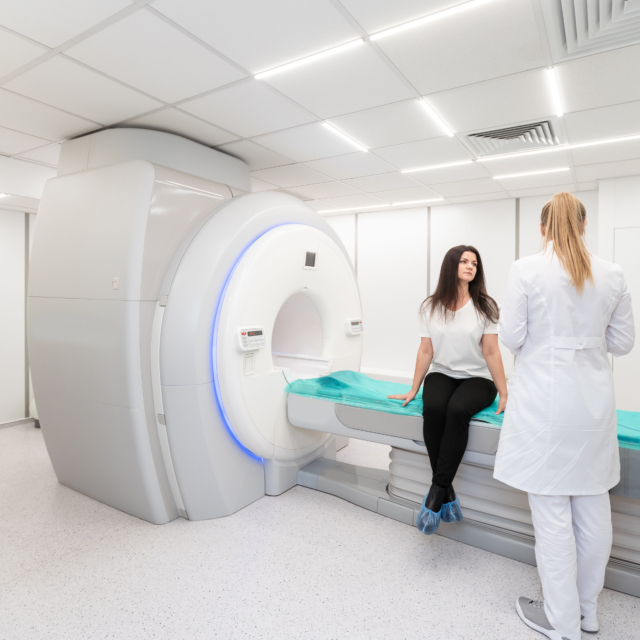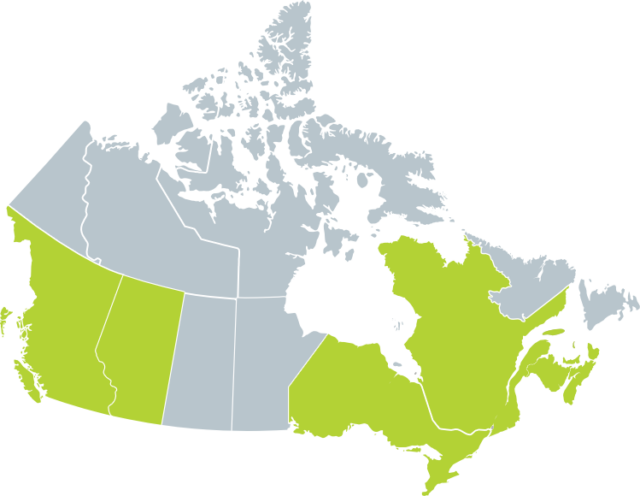Lung Cancer Screening
Lung cancer screening saves lives.
Lung cancer screening aims to detect people with lung cancer before any symptoms occur, before the disease has had a chance to spread and when treatments are more likely to be successful. By far, the best outcomes in treating lung cancer are from finding the disease as early as possible. Early detection can significantly increase the chances of effective treatment or even a cure.
Currently in Canada, lung cancer screening primarily targets high-risk individuals. Each province has slightly different requirements to be eligible to be screened for lung cancer. The most important eligibility factors in the current Canadian screening programs are a person’s age and their history of using tobacco products, but education level, ethnicity, family history of lung cancer, personal history of cancer, body mass index (BMI), and if they have a diagnosis of chronic obstructive pulmonary disease (COPD) are all considered. Even though Canadian lung cancer screening programs are only available to those with a past or current smoking history, it is important to remember that anyone with lungs, even if they have never smoked, can get lung cancer.
If you have symptoms of lung cancer, talk to your doctor. Do not wait for an invitation to a screening appointment.




